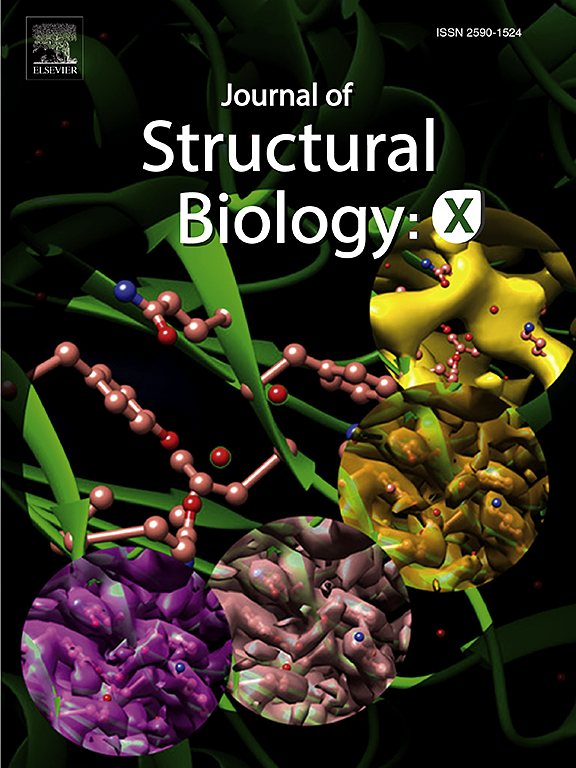Transcriptome profiling of DPP stimulated DPSCs identifies the role of autophagy in odontogenic differentiation
IF 2.7
3区 生物学
Q3 BIOCHEMISTRY & MOLECULAR BIOLOGY
引用次数: 0
Abstract
Dentin phosphophoryn (DPP), synthesized and processed predominantly by the odontoblasts, serves both a structural and signaling role in dentin. In the ECM, DPP functions as an avid calcium and collagen binding protein and it also plays a crucial role as a scaffold for cell attachment and survival. The signaling function of DPP was demonstrated when undifferentiated mesenchymal cells stimulated with DPP, mediated calcium signaling through release of intracellular Ca2+. The objective of this study was to identify potentially novel signaling mechanisms that mediate odontoblast differentiation. Therefore, transcriptomes of DPSCs (dental pulp stem cells) with or without DPP stimulation were compared by bulk RNA-seq. Analysis of the unbiased RNA-seq data were subjected to functional enrichment analysis using Gene Ontology (GO) and KEGG pathways. Results identified several upregulated genes which were associated with autophagy, that were subsequently validated by RT-PCR. Western blotting analysis confirmed the up regulation of several autophagy markers such as ATG5, BECN1 and LC3A/B at specific time points. Autophagosome formation was also observed with DPP treatment. Additionally, autophagy supported a role for odontoblast differentiation of DPSCs. These findings suggest that DPP mediated autophagy might be a potential mechanism for the survival and terminal differentiation of DPSCs.
DPP 刺激的 DPSCs 转录组图谱确定了自噬在牙本质分化中的作用。
牙本质磷脂(Dentin phosphophoryn,DPP)主要由牙本质母细胞合成和加工,在牙本质中发挥着结构和信号作用。在 ECM 中,DPP 发挥着钙和胶原蛋白结合蛋白的作用,同时也是细胞附着和存活的重要支架。当未分化的间充质细胞受到 DPP 刺激时,DPP 通过释放细胞内 Ca2+ 介导钙信号传导,这证明了 DPP 的信号传导功能。本研究的目的是找出介导颌骨母细胞分化的潜在新型信号机制。因此,通过批量 RNA-seq 比较了有无 DPP 刺激的 DPSCs(牙髓干细胞)转录组。利用基因本体(GO)和 KEGG 通路对无偏 RNA-seq 数据进行了功能富集分析。结果发现了几个与自噬相关的上调基因,并随后通过 RT-PCR 进行了验证。Western 印迹分析证实了几个自噬标记物(如 ATG5、BECN1 和 LC3A/B)在特定时间点的上调。DPP 处理还观察到了自噬体的形成。此外,自噬还支持 DPSCs 在趾骨母细胞分化过程中发挥作用。这些研究结果表明,DPP 介导的自噬可能是 DPSCs 存活和终端分化的潜在机制。
本文章由计算机程序翻译,如有差异,请以英文原文为准。
求助全文
约1分钟内获得全文
求助全文
来源期刊

Journal of structural biology
生物-生化与分子生物学
CiteScore
6.30
自引率
3.30%
发文量
88
审稿时长
65 days
期刊介绍:
Journal of Structural Biology (JSB) has an open access mirror journal, the Journal of Structural Biology: X (JSBX), sharing the same aims and scope, editorial team, submission system and rigorous peer review. Since both journals share the same editorial system, you may submit your manuscript via either journal homepage. You will be prompted during submission (and revision) to choose in which to publish your article. The editors and reviewers are not aware of the choice you made until the article has been published online. JSB and JSBX publish papers dealing with the structural analysis of living material at every level of organization by all methods that lead to an understanding of biological function in terms of molecular and supermolecular structure.
Techniques covered include:
• Light microscopy including confocal microscopy
• All types of electron microscopy
• X-ray diffraction
• Nuclear magnetic resonance
• Scanning force microscopy, scanning probe microscopy, and tunneling microscopy
• Digital image processing
• Computational insights into structure
 求助内容:
求助内容: 应助结果提醒方式:
应助结果提醒方式:


